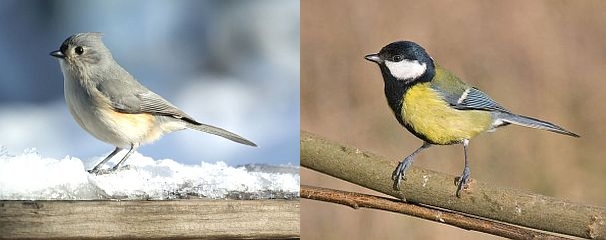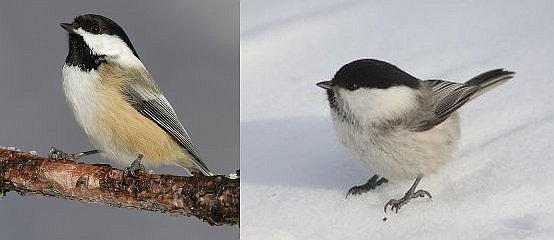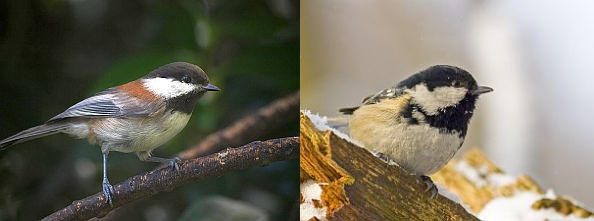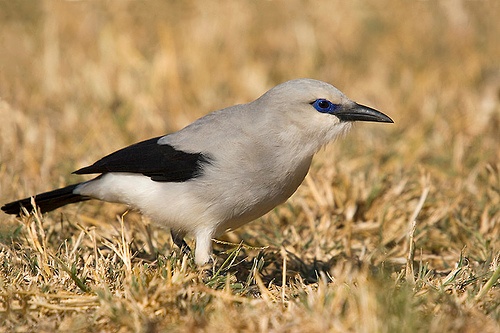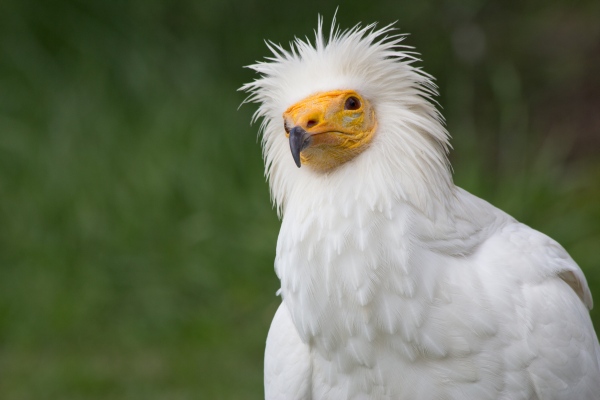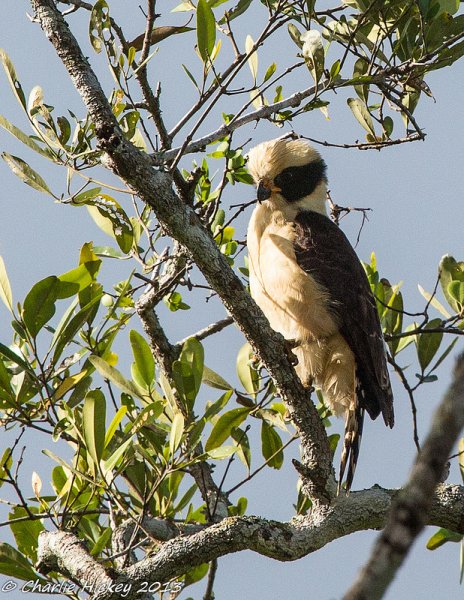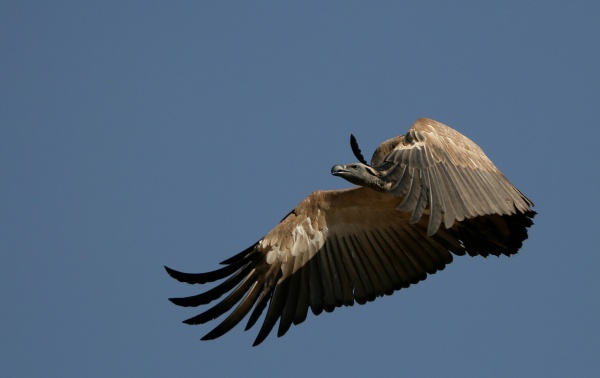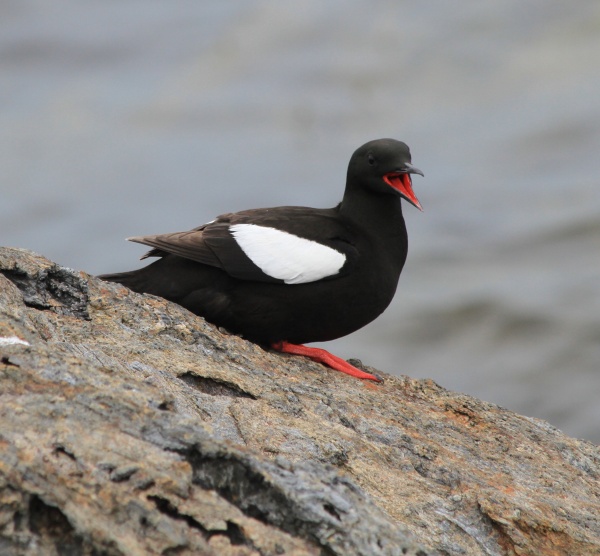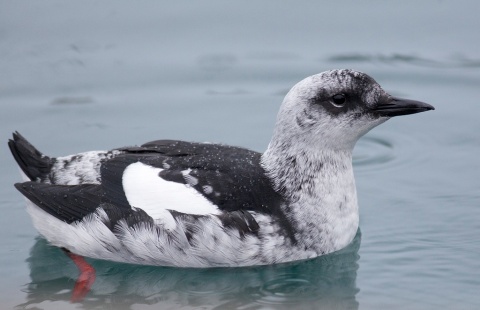If you read PABIRDS you’ve seen this discussion and perhaps the video, but it’s well worth passing along.
This winter has quickly shaped up to be an “invasion” year for snowy owls. These big, beautiful birds are popping up in open spaces, on buildings and at shorelines across the northern United States. On the PABIRDS listserv alone, at least 33 snowies have been reported in Pennsylvania since December 1 — about half of them at Presque Isle State Park.
Snowy owls “invade” in the winter when they’ve had a hugely successful breeding season up north because of super-abundant lemmings last summer. Most of the visiting birds are young owls on their first trip away from home. They’ve come south to eat our abundant food and rest between meals. Studies have shown this is a good move on their part. Scott Wiedensaul points out that the vast majority eat well and return to the Arctic in spring. Of those that die, the leading cause of death is trauma, not starvation.
But they shouldn’t be harassed. Last Saturday there were seven snowy owls at Presque Isle as well as birders, photographers and owl enthusiasts. Most people kept a respectful distance but two photographers approached the owls and flushed them repeatedly even though observers warned them not to. This prompted Jerry McWilliams to write:
“Just a reminder to birders and photographers who are interested in observing or photographing the Snowy Owls. You should resist the urge, as we have all experienced, to try and approach too closely. The owl that visited my waterbird count this morning was very alert and did not remain in one spot for long. Between the Coyotes and enthusiastic humans, it is a challenge for these northern invaders to have a chance to rest and find a meal. Please come and enjoy them, but keep your distance and respect their needs.”
The disrespect is not limited to Pennsylvania. A similar discussion occurred on NJBIRDS about incidents in New Jersey.
Presque Isle Audubon and the state park are doing something about it. Presque Isle Audubon is organizing volunteers to alert visiting photographers and birders about owl etiquette as they enter the Gull Point Trail. State Park rangers (DCNR) will also be monitoring the situation.
If you see people harassing wildlife, speak up or report them to park rangers. If you would like to volunteer at the Gull Point Trail, click here for Presque Isle Audubon contact information.
A gentle reminder to respect the owls will go a long way.
(video by Cornell Lab of Ornithology, first published in 2010)
p.s. Click here to read an excellent explanation of wild bird reactions to humans — with a special emphasis on raptors and owls — by Julia Ecklar of the National Aviary.
